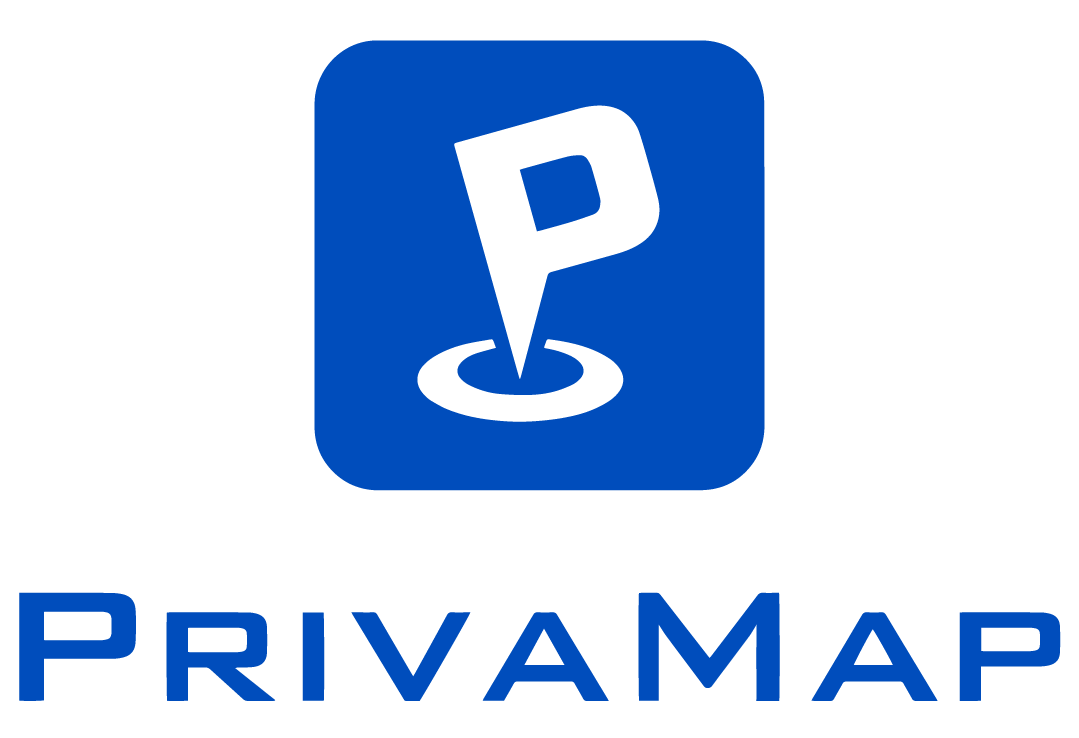As an HSE/QSE manager, you face a daily challenge: optimizing traffic flow on your industrial site while ensuring maximum safety for all stakeholders. With 70% of transport-related accidents occurring on host sites according to CARSAT, this issue has never been more critical for your professional responsibility and your company’s overall performance.
The increasing complexity of modern industrial sites, combined with the diversity of external stakeholders, creates an environment where every decision can have major repercussions. How can you effectively reconcile optimal safety and operational performance in this demanding context?
🔒 Major Challenges in Industrial Site Traffic Management
Managing traffic flow on industrial sites is currently one of the most complex challenges for HSE/QSE professionals. This complexity revolves around several interconnected challenges that directly impact the safety and performance of your operations.
Accident Prevention and Risk Management
Dangerous intersections and complex maneuvering areas are the main friction points on your sites. Faced with a multitude of traffic rules, stakeholders may be led to take routes unsuitable for their vehicle or goods, creating high-risk situations.
Statistics speak for themselves: the majority of transport-related industrial accidents occur on host sites, where coactivity is most intense and safety protocols must be applied with the utmost rigor.
Regulatory Compliance and Multilingual Communication
The increasing internationalization of stakeholders on industrial and port sites poses a major challenge: how to effectively communicate safety rules in each stakeholder’s native language? This language barrier can turn a simple safety instruction into a serious accident risk.
Regulatory compliance now requires a more sophisticated approach, capable of adapting to the specificities of each intervention while respecting current standards.
Operational Optimization and Productivity
Industrial sites, characterized by intense coactivity, can quickly become true labyrinths where lost vehicles create costly traffic jams and delays. Optimizing travel times and reducing waiting times therefore become economic as well as safety imperatives.
⚡ The Digital Revolution: A Concrete Response to HSE/QSE Challenges
Faced with these multiple challenges, the digitalization of flow management processes emerges as the most effective solution to transform your constraints into competitive advantages. This technological approach simultaneously addresses safety, compliance, and performance requirements.
Intelligent and Personalized Geoguidance
Modern geoguidance technology offers precise and personalized navigation for each stakeholder, with optimized routes according to the specific constraints of the site, vehicle, and transported goods. This personalization helps avoid risk areas while optimizing travel times.
The integration of real-time instructions in the user’s language definitively eliminates the risks of misunderstanding, transforming your site into a truly secure and inclusive environment.
Real-Time Supervision and Proactive Alerts
The instant visualization of traffic flows allows you to maintain total control over movements on your site. Automatic detection of risky behaviors, combined with proactive alerts in case of non-compliance with instructions, transforms your reactive approach into a preventive strategy.
This advanced supervision also includes the management and monitoring of alerts issued by operators and stakeholders, creating a collaborative and responsive safety ecosystem.
Performance Analysis and Continuous Improvement
Access to historical usage data and customized KPIs (alert resolution time, average time on site, frequency of reports) allows you to concretely demonstrate the effectiveness of your safety measures and justify your investments to management.
This data-driven approach also facilitates the identification of areas for improvement and the long-term management of your HSE/QSE strategy.
🚀 How PrivaMap Revolutionizes Your Flow Management
PrivaMap transforms these technological challenges into operational reality through a comprehensive software suite specifically designed for HSE/QSE professionals. Our solution integrates a multilingual geoguidance application accessible without download, digitized safety protocols, and a real-time supervision platform.
This unique combination ensures optimal safety while streamlining on-site operations, directly addressing the major concerns of HSE/QSE managers:
- Significant risk reduction: Proven decrease in traffic-related incidents thanks to intelligent geoguidance
- Immediate productivity gains: Optimization of logistical flows and reduction of waiting times
- Positive environmental impact: Reduction of emissions through route optimization and dematerialization
- Simplified compliance: Comprehensive multilingual safety protocols and exhaustive documentation for audits
With over 41,076 satisfied users, PrivaMap deploys a true dynamic « digital protection bubble » to serve the safety of your industrial, port, logistics, and airport sites.
Our solution adapts perfectly to the specificities of your environment: large industrial sites, Seveso chemical industries, major logistics sites, airports, and ports. Each context benefits from customized settings to meet specific regulatory and operational requirements.
In a context where your professional responsibility is engaged, the digitalization of flow management becomes an essential lever to reconcile safety and performance. PrivaMap accompanies you in this transformation, combining technological innovation and ease of use for optimal management of your traffic flows.
Ready to transform your HSE/QSE challenges into performance opportunities? Contact PrivaMap today to discover how our solution can revolutionize the safety and efficiency of your industrial site. Our experts will assist you in deploying a customized solution, adapted to your specific challenges and operational constraints.


